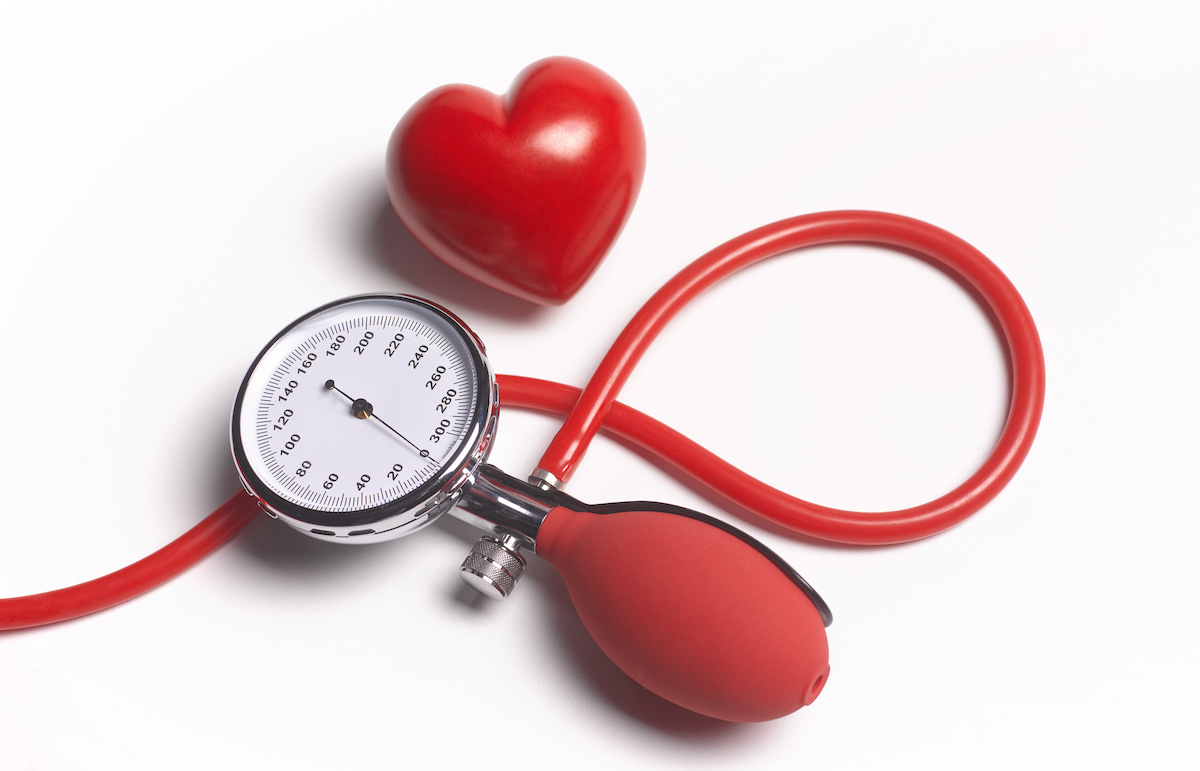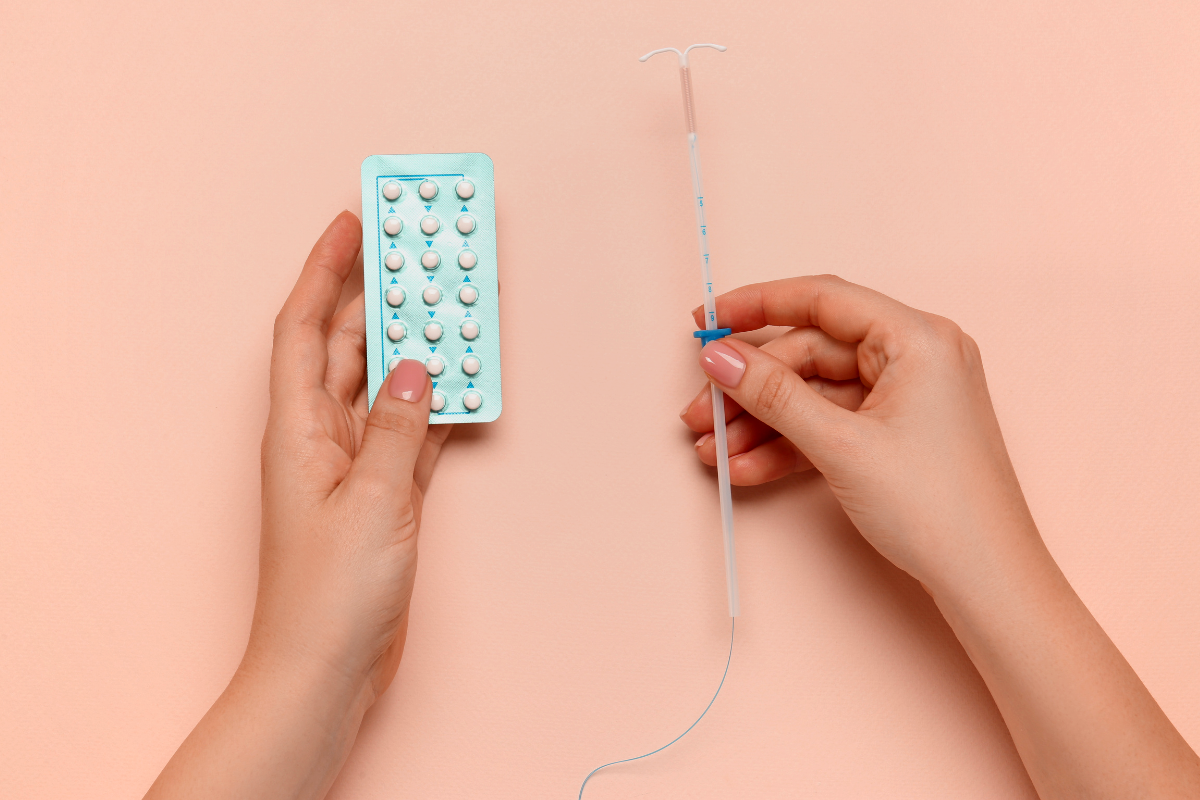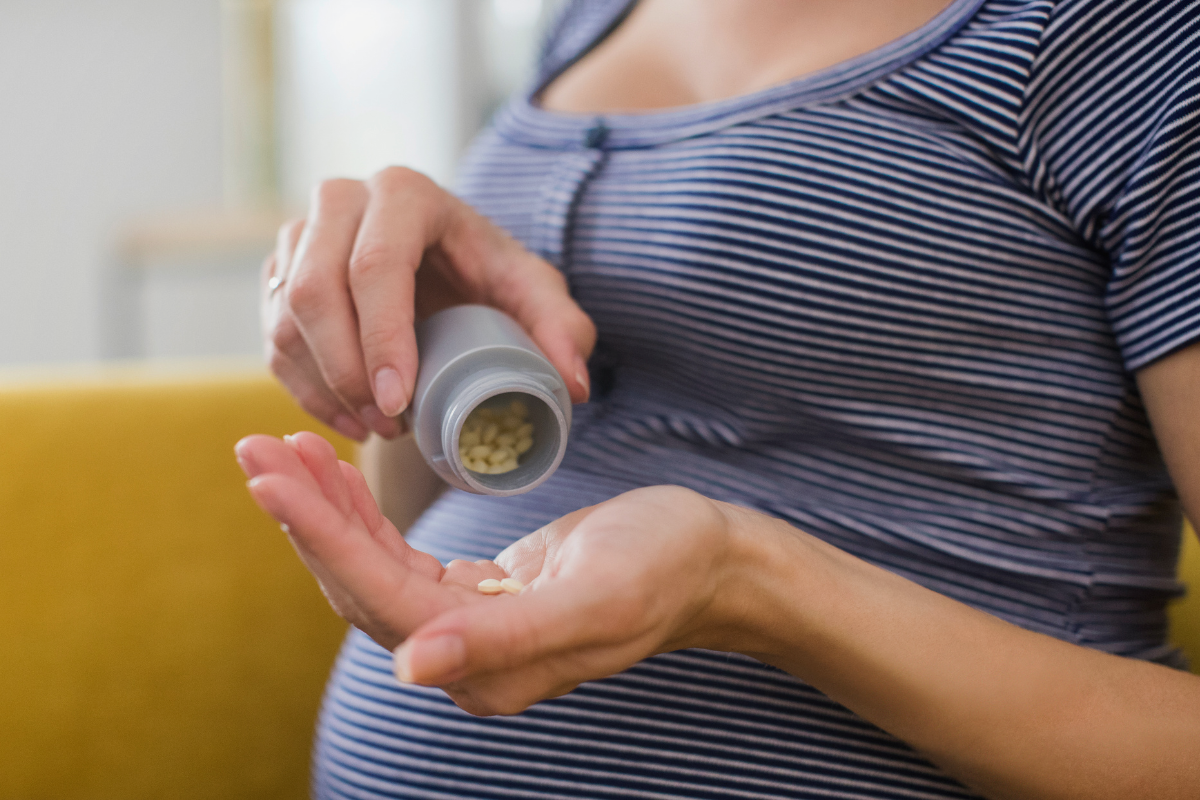Preeclampsia is a condition that typically manifests toward the end of pregnancy or postpartum and is characterized by a new onset of high blood pressure (hypertension). It can be serious, and because the main cure is delivery of the baby, it can lead to complicated choices depending on how far along a pregnant person is and the severity of the condition.
Below is an overview of how preeclampsia is diagnosed and the options for prevention and treatment to help you navigate the decision-making process.

How is preeclampsia diagnosed?
Preeclampsia is typically marked by protein in the urine (which is a sign of the condition but is in itself harmless). Most women are tested for this frequently throughout pregnancy; it’s why they take your blood pressure and have you pee in a cup at each visit. Preeclampsia can cause symptoms like headache and blurred vision, as well as swelling in the face, hands, or feet. In many cases, women are diagnosed before they even have these symptoms.
Preeclampsia is moderately common (about 5% of pregnancies are affected). The risk is higher for older women, for women carrying multiple pregnancies, for women with obesity, and for those with hypertension before pregnancy.
A central feature of preeclampsia is that the severity varies tremendously. To give a general overview, preeclampsia is divided into five levels of severity.
- Gestational hypertension: Mild elevation of blood pressure starting after 20 weeks (140/90 or greater, but not as high as 160/110), with no other signs or symptoms. If you have hypertension prior to 20 weeks, it is most likely chronic hypertension and not a complication of pregnancy.
- Preeclampsia, mild: Mild elevation of blood pressure starting after 20 weeks, plus protein in the urine above a certain threshold. There is not much clinical difference between mild gestational hypertension and mild preeclampsia, and the treatment is the same.
- Preeclampsia, severe: Gestational hypertension or preeclampsia with any of the following severe features: severe hypertension (160/110 or higher), elevated liver enzymes, low platelets, kidney dysfunction, symptoms suggestive of neurologic dysfunction (severe headache, visual impairment), or fluid in the lungs. Often, there is fetal growth restriction, but this is no longer a criterion to diagnose severe disease.
- HELLP: An acronym for a form of severe preeclampsia when the blood tests show hemolysis, elevated liver enzymes, and low platelets. Technically, the blood pressure does not even need to be elevated.
- Eclampsia: Preeclampsia followed by a seizure specific to this condition.
Preeclampsia can develop during or immediately after pregnancy. When it develops after pregnancy, doctors can treat the condition without any risk to the baby. When it develops during pregnancy, families often face a complex choice. The primary way to cure preeclampsia during pregnancy is delivery. This generates an inherent conflict.
The health of the mother is protected by the delivery, but the health of the baby may be compromised. When preeclampsia develops at or close to full term, then the baby is usually delivered immediately, and there is typically little trade-off. When the condition develops earlier in pregnancy, there is a complex balance between the health of the mother and the health of the baby. This can be a challenging situation, both medically and emotionally. Pregnancies with preeclampsia are often also complicated by preterm birth, a cesarean section, and other issues. When families move to considering another pregnancy, these complications — and the trade-offs between mother and baby — are often on their mind.
If you do develop preeclampsia, your treatment will depend on the severity and where you are in pregnancy. If this happens, your doctor will be your best resource, since the circumstances are so varied. Treatments include medications to lower blood pressure or prevent seizures and, as noted above, delivery.
What about postpartum preeclampsia?
Postpartum preeclampsia is preeclampsia that develops after birth, typically between 48 hours and six weeks post-delivery. Estimates suggest this makes up less than 10% of preeclampsia cases, although it can be more serious because there is less monitoring during this period, so it may not be caught as quickly.
The symptoms are the same as those during pregnancy, including high blood pressure, severe headaches, blurred vision, and increased swelling. Any of these symptoms should be treated very seriously and necessitate a medical visit.
The treatment options are more straightforward in this case because there is no trade-off with the baby’s health. They include medications to lower blood pressure and possibly to prevent seizures.
Who is at risk for preeclampsia?
There are some demographic features that are associated with a higher rate of preeclampsia.
A 2016 article in the British Medical Journal (BMJ) provides a comprehensive look at risk factors. The authors review a total of 92 studies, covering more than 25 million pregnancies, to evaluate what factors raise the risk of preeclampsia. Many of these studies consider prior preeclampsia in their risk factors, and they are able to rely on data on about 3.7 million women in many countries for this question.
The most important predictive feature is a history of preeclampsia. Overall, the authors find the risk of developing this condition without prior preeclampsia is about 3%, versus 16% for women with a history. Having hypertension before pregnancy also raises the risk, as does a BMI over 30. Older maternal age is associated with an increased risk, although much smaller than these other factors.
There are some online calculators (here is an example) if you want to calculate a more precise risk. To be clear: it is hard to know what the underlying mechanisms are for these risk factors; the focus here is on prediction, so it is possible to target prevention.
How can you prevent preeclampsia?
Unfortunately, many of the interventions that online outlets suggest for preeclampsia — vitamin supplements, changes in diet, fish oil — do not have strong support in the data. Below are some that do.
Low-dose aspirin. Significant amounts of randomized trial evidence indicate that daily aspirin in pregnancy treatment decreases the risk of preeclampsia. A 2019 Cochrane Review summarizes 72 randomized trials that include almost 40,000 women and concludes that 50 to 150 milligrams daily reduces preeclampsia recurrence risk from about 20 to 16 percent. This treatment is generally started sometime between 12 and 16 weeks.
Other studies have raised concerns about aspirin in pregnancy, linking it to bleeding during birth. However, these risks are thought to be small and the link tenuous. And longer-term follow-up on at least 5,000 children in these trials shows no developmental risks. Low-dose aspirin as prescribed for preeclampsia is considered safe in pregnancy.
Because of the strong evidence for efficacy and safety, low-dose aspirin is increasingly prescribed even for people who are at only slightly elevated risk for preeclampsia (for example, people who are over a certain age).
Increased monitoring. The other common intervention, especially for women who are at much higher risk due to prior preeclampsia, is increased monitoring. Home blood-pressure testing or more frequent prenatal visits, for example, can allow for earlier detection of gestational hypertension and preeclampsia. Monitoring leads to better management and, also, if an early delivery is needed, allows for advanced preparation (steroids for lung development or transfer to a hospital with a more advanced NICU).
Calcium. For people with insufficient calcium intake, supplementation may lower preeclampsia risk. This is a bigger concern in developing countries than in the U.S. or Europe. There isn’t strong evidence of a preventive value for women with adequate calcium levels at baseline. However, it is important to note that “adequate” calcium intake is usually defined as 1,000 milligrams a day, which is not typical for most people’s diets (a glass of milk has about 300 milligrams of calcium, and a serving of yogurt has about 200 milligrams).
A final note: in 2023, the FDA approved a blood test designed to predict the development of preeclampsia among a set of women who were hospitalized with high blood pressure during pregnancy. Although this test isn’t used before hypertension develops, it’s an important new diagnostic tool. Continuing research on other possible avenues for both treatment and prevention means that this space is likely to continue to evolve over time.
The bottom line
- Preeclampsia can develop during or immediately after pregnancy, with severity ranging from mild hypertension to serious complications, such as organ dysfunction or seizures.
- Treatment depends on the severity and stage of pregnancy and includes medications to lower blood pressure or prevent seizures and delivery.
- The biggest predictor of preeclampsia is a prior history of the condition. Additional risk factors include existing hypertension, higher BMI, and older maternal age.
- The best-supported ways to reduce preeclampsia risk are daily low-dose aspirin for those at elevated risk, close blood-pressure monitoring, and calcium supplementation if your intake is low.
















Log in